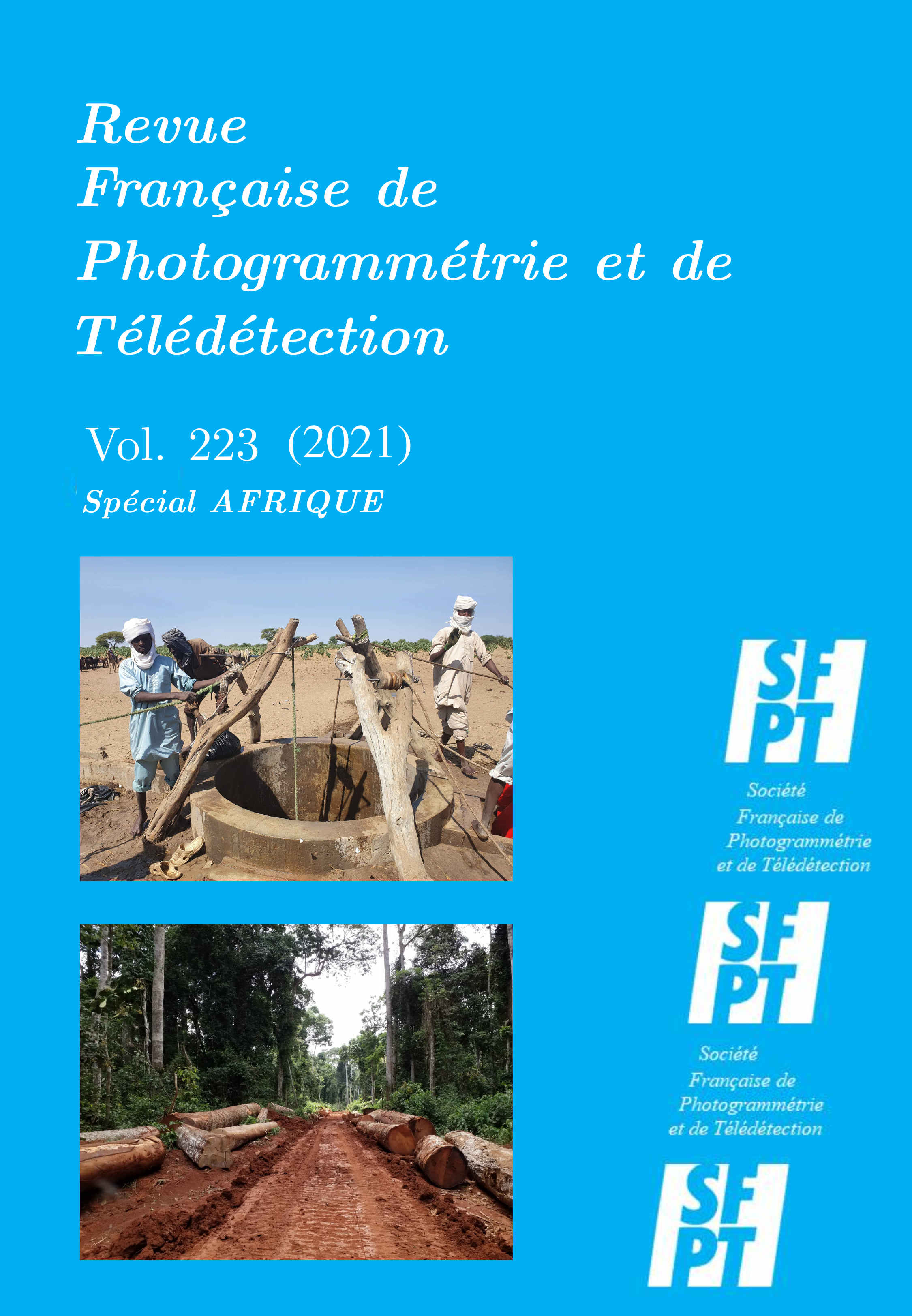Land use mapping in Gabon year 2015; Changes between 2010 and 2015
DOI:
https://doi.org/10.52638/rfpt.2021.567Abstract
The mapping of the land use of Gabon in 2010 and 2015 and the changes between these two dates was carried out as part of the OSFACO program (Space observation of Central and Western African Forests) by the Gabonese Agency for Space Studies and Observations (AGEOS). This is the first reference land use map at the national level, including the legend resulting from a consultation of major players in the Gabonese forest sector. This map was obtained by refining the forest cover map of Gabon (forest / non-forest) obtained in the framework of OSFT (Spatial Observation of Tropical Forests) and GEOFORAFRI project (Capacity building and access to earth observation satellite data for monitoring forests in Central and Western Africa). The mapping was based on the use of SPOT 5/7, Sentinel 2 satellite images for the year 2015 and the SPOT 4, ASTER and ALOS 1 images for the year 2010. Semi-automated classification method and Manual enhancement were combined for better accuracy of land use classes. The results obtained highlight ten land use classes representing the country’s large landscape groups dominated by forests which occupied 89% of the total area of the country in 2015. The most dynamic land use classes are forests, savannas, agricultural land and artificial surfaces. The main forest losses are linked to the conversion of forests to artificial surfaces, cultivated land and bare soils. The most significant gains in forest are observed at the level of the closure of forest roads. The validation of the product, carried out by an independent expertise from the map production team, was based on a reference data resulting from a sampling plan combining a systematic and random component according to the methodology of Sannier et al. (2016). The analysis of the correspondence between the land use map produced and the reference data gave an overall accuracy of 95%.
Downloads
Downloads
Published
How to Cite
Issue
Section
License
Copyright (c) 2021 Farrel NZIGOU BOUCKA, Conan Vassily OBAME, Francis MANFOUMBI , Armel NZUE MBA , Michel NGUI ONDO , Vanessa OVONO, Aboubakar MAMBIMBA NDJOUNGUI

This work is licensed under a Creative Commons Attribution 4.0 International License.






